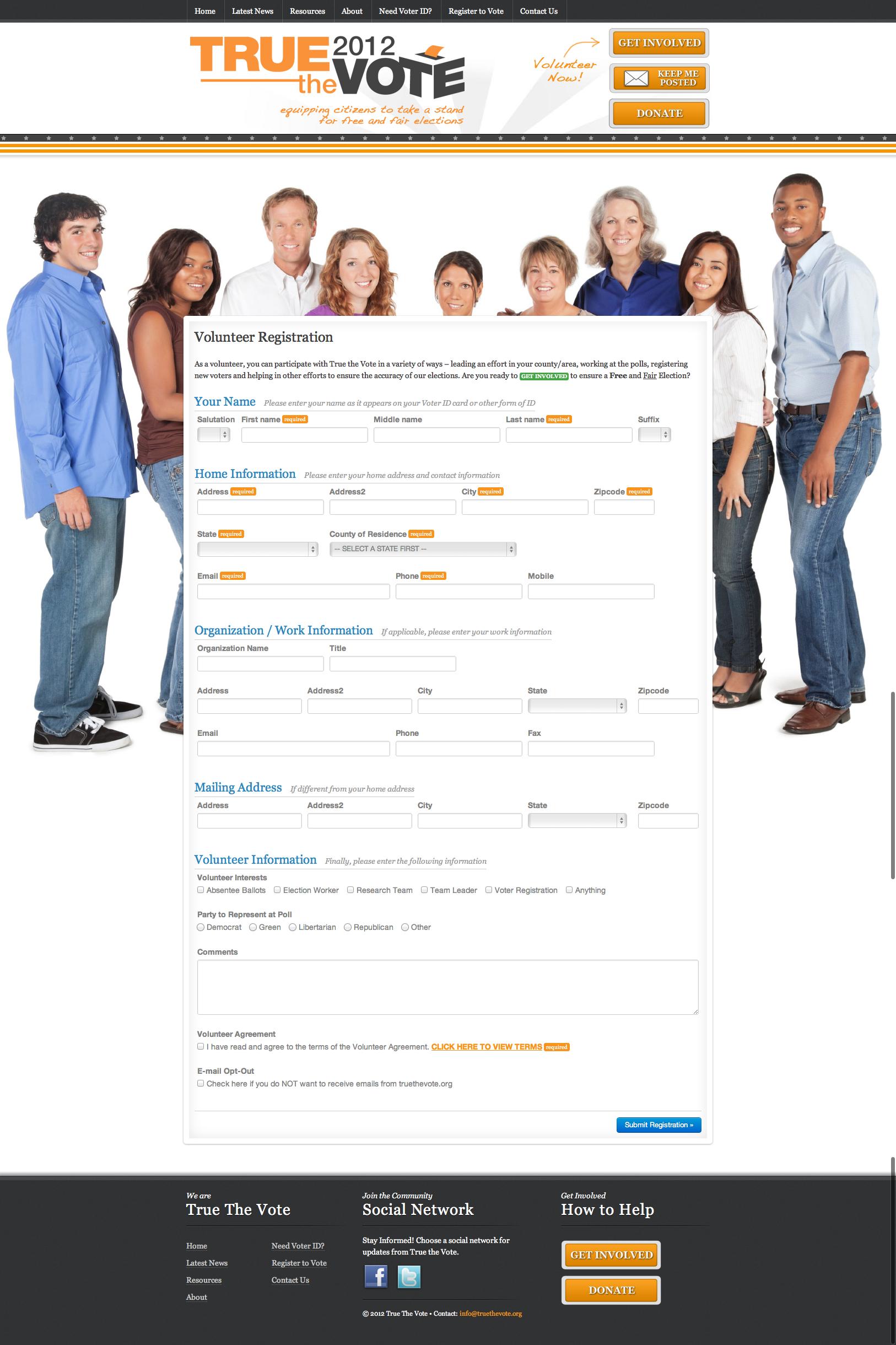Election-centered presumptions about voting rights news didn’t take into account the effect a well-placed, well-sourced report can have.
The Washington Post, NPR, the Huffington Post, Reuters, Yahoo!News and the New York Times (today in a lengthy front-page news profile) have referenced and sampled the Brennan Center for Justice study on the difficulties faced by voters who don’t have photo ID as they try to obtain proper identification before the November election.
We’ve enjoyed watching this report spread, and we are definitely impressed by the way well-placed stories can take an issue like voting rights from the realms of political wonks to a more general audience. We’re hope for a similar spread when our project appears next month.
What We’ve Been Reading
“Legal Battles Erupt Over Tough Voter ID Laws,” (Ethan Bronner, 07/19, New York Times)
“AARP Says Senior Voters Will Suffer From Voter-ID Law,” (Randy LoBasso, 07/20, PhillyNOW)
“Colorado election watchers see officials chipping away at public oversight,” (John Tomasic, The Colorado Independent)
“Iowa elections chief seeks to prove voter fraud,” (Ryan J. Foley, 07/14, Associated Press)
“Section 5 challenges reach Court,” (Lyle Denniston, 07/20, SCOTUSBlog)
“Voter suppression — Round 2 in the debate on ID laws,” (Leonard Pitts, Jr., 07/20, Miami Herald)
Twitter Trends
We’re expecting a considerable boost next week when columnists, writers and journalists react to the Supreme Court arrival of two petitions that challenge Section 5 of the 1965 Voting Rights Act and additional push back from conservative supporters of photo voter ID legislation.
But it’s Friday, and half the News21 newsroom is on the way out of Phoenix. So we’ll join them over some ice cream, and we’ll be back next week.
Remember to follow us @WhoCanVote.


